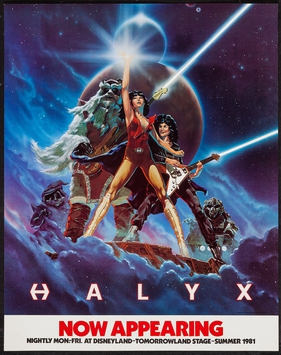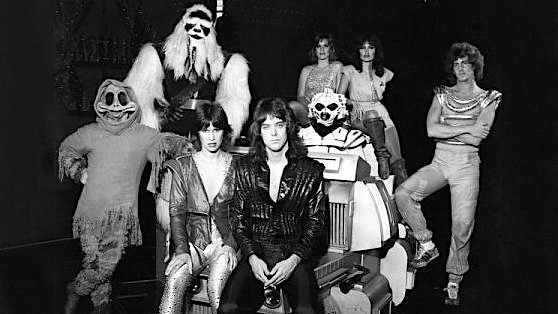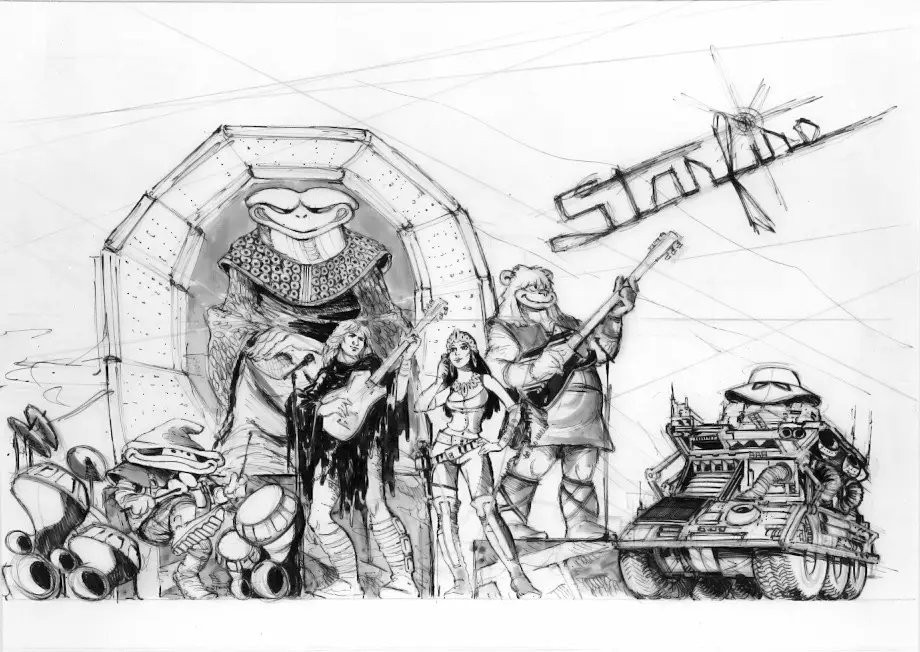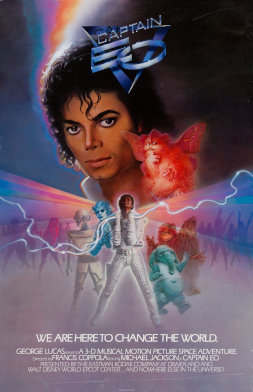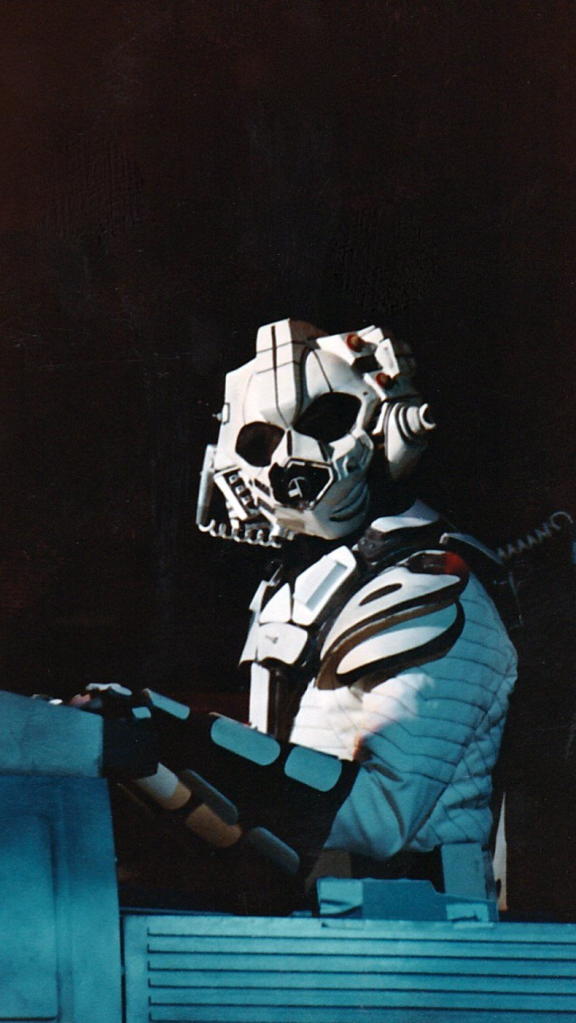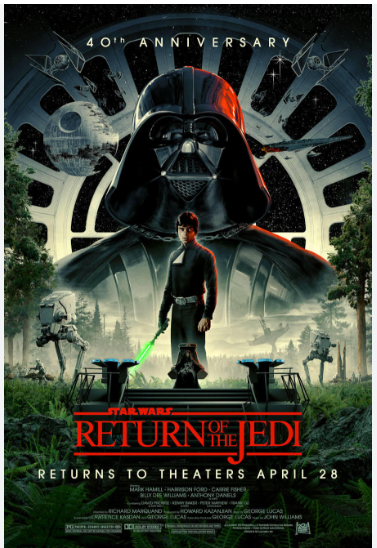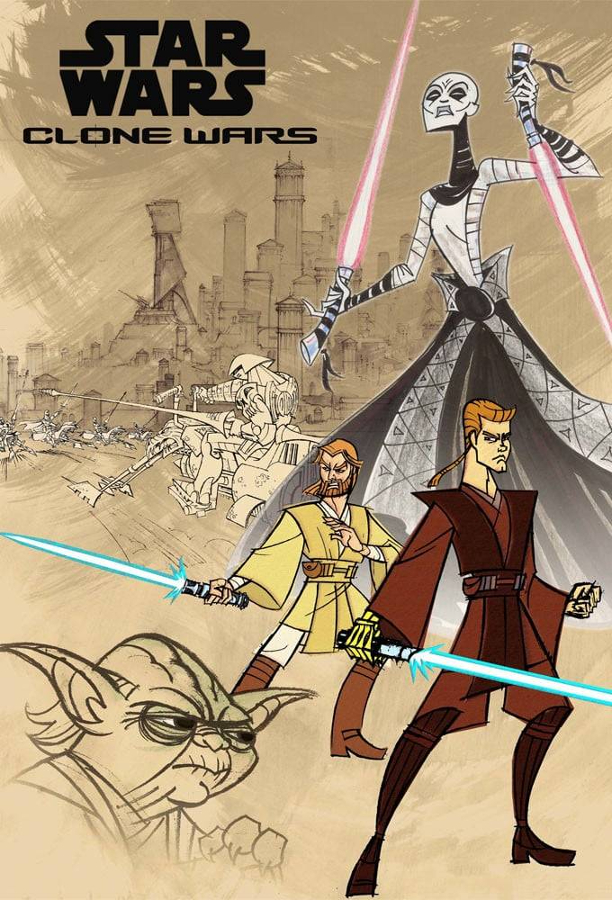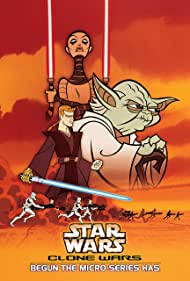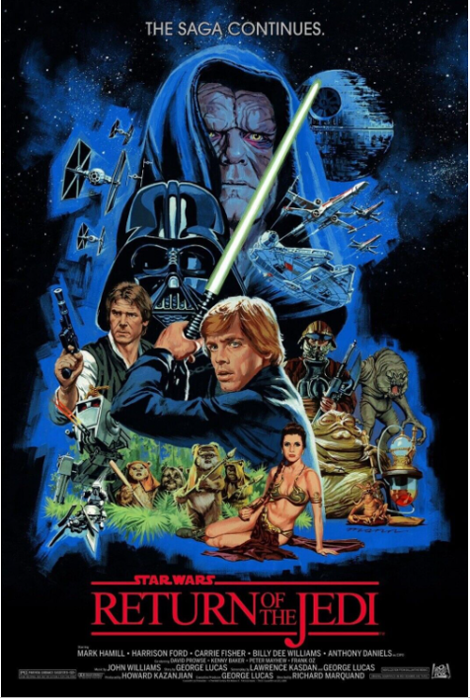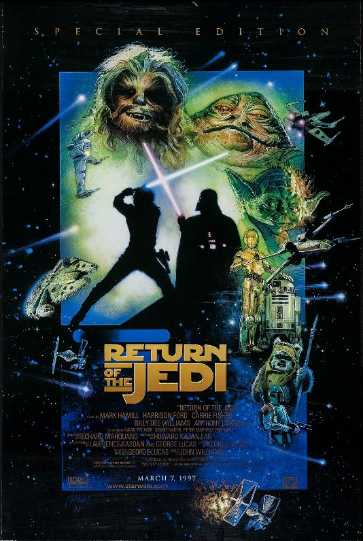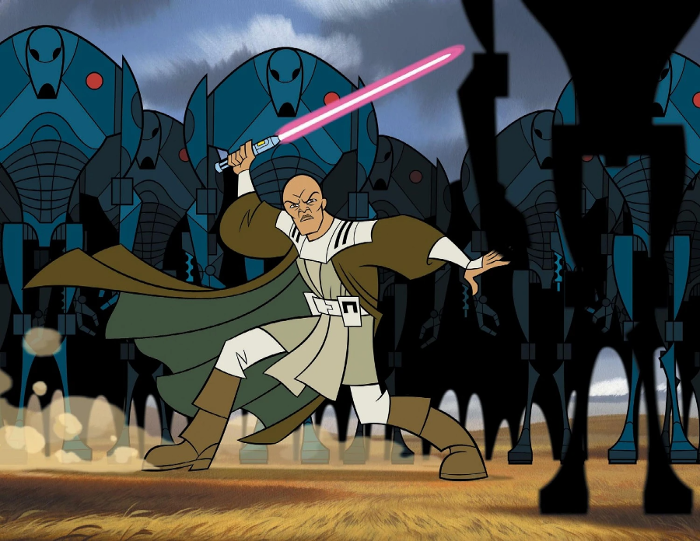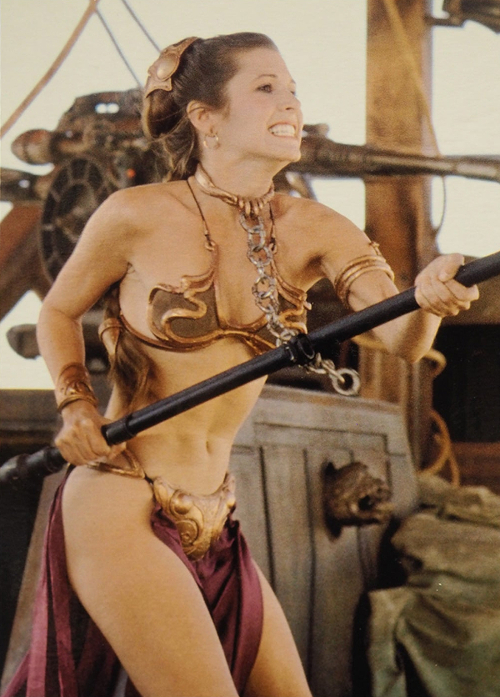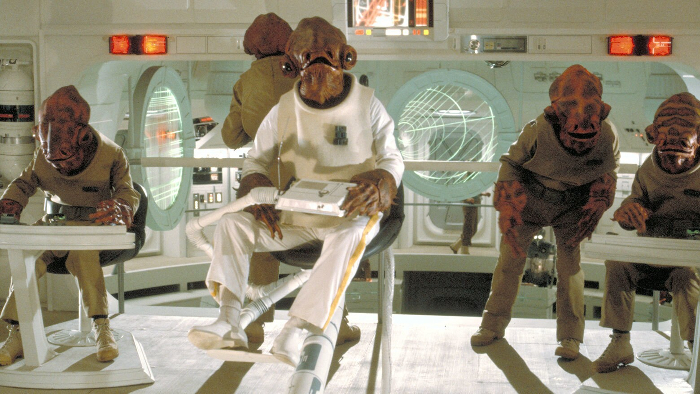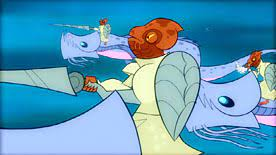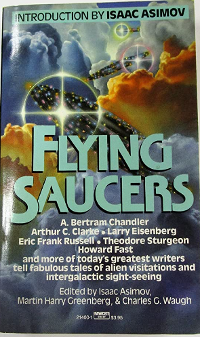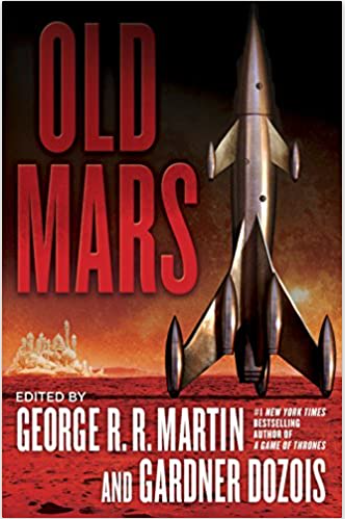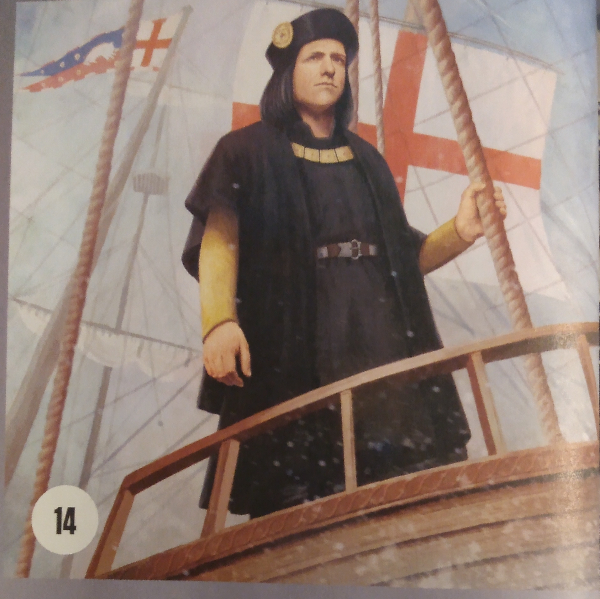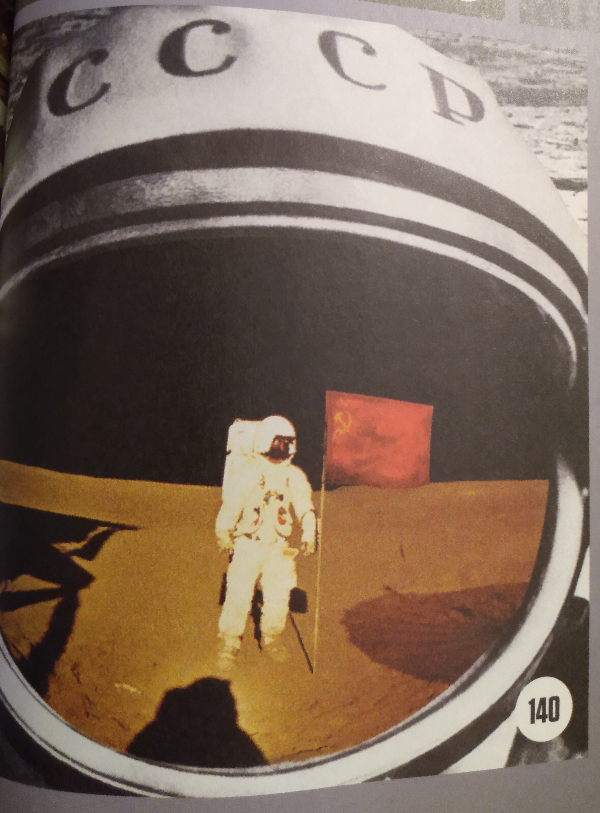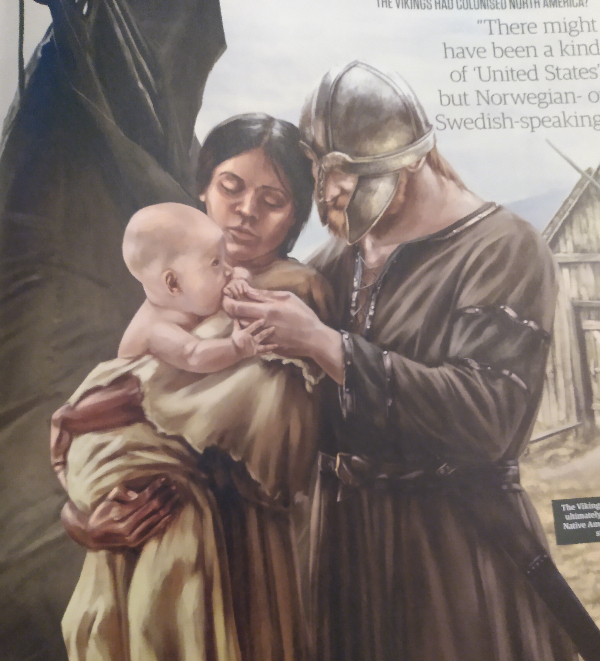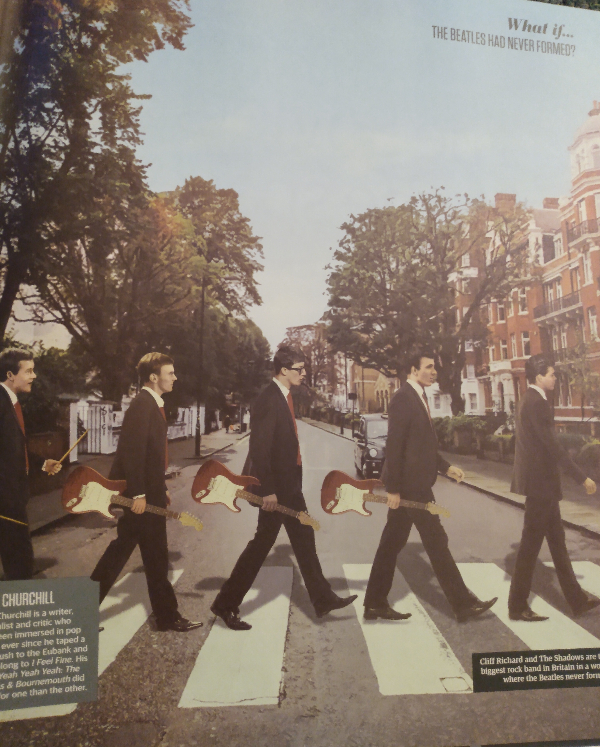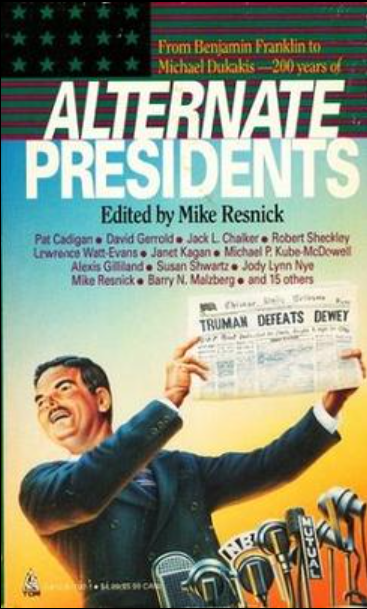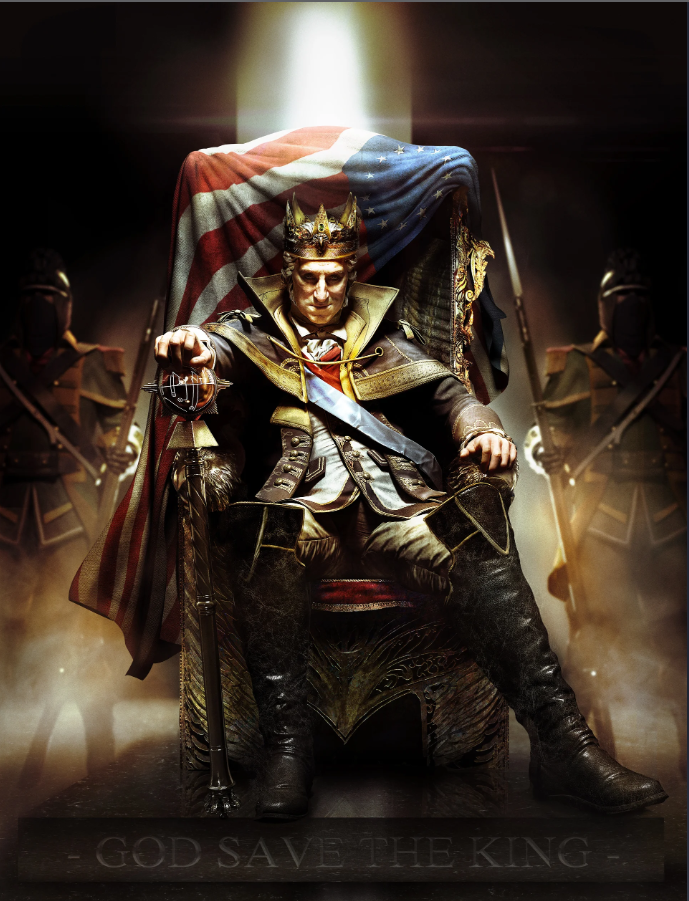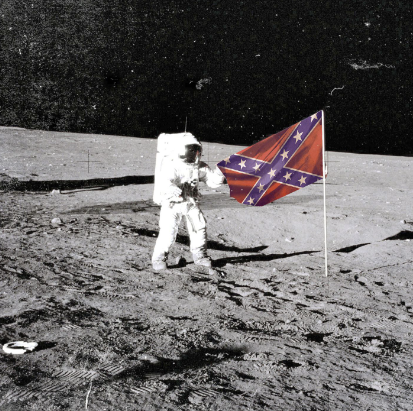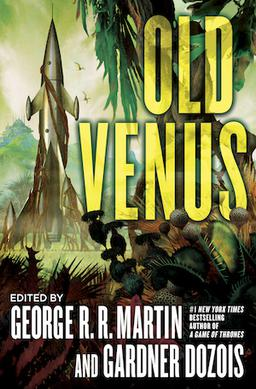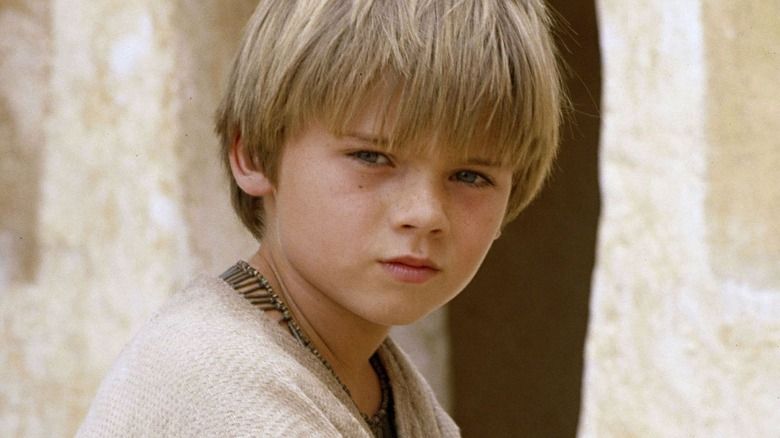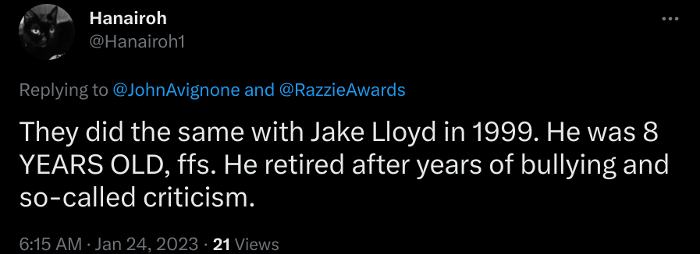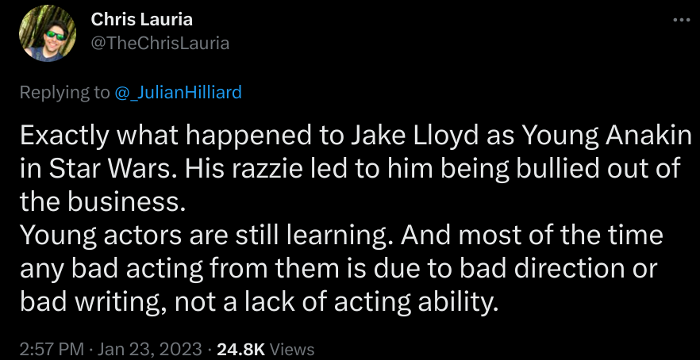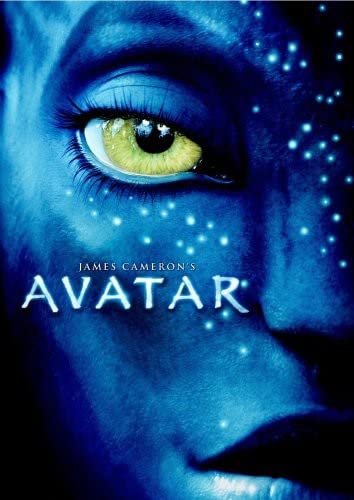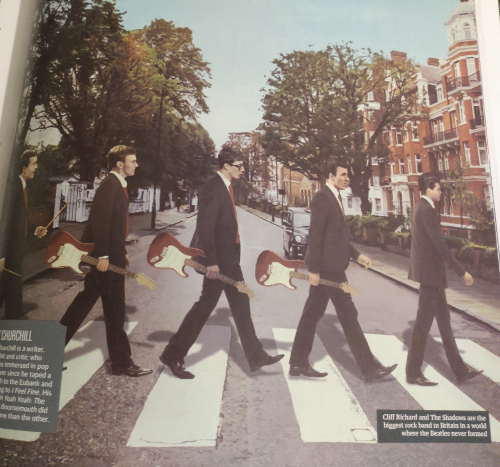
I declare that The Beatles are mutants. Prototypes of evolutionary agents sent by God endowed with a mysterious power to create a new human species, a young race of laughing freemen. – Dr. Timothy Leary
Soon, a new Beatles song will be unleashed upon the world and perhaps Dr. Leary’s words will come true. Or perhaps, somewhere in the world, there’s a portal to another dimension where The Beatles broke up in the mid-seventies but still reunited from time to time. What, you were expecting me to imagine a world where they never broke up? Bands have to split up some time.
Now imagine what the world (and music) would be like if The Beatles never formed as seen in the above picture. That scenario was addressed in the 2019 film Yesterday, but I’m not going to include that here, because I want to focus only on books – some of which may be hard to find. By the way, did you know that over 2,000 books have been written about them? And that’s the non-fiction titles. When it comes to science fiction however, the Fab Four aren’t as ubiquitous as their predecessor/rival Elvis. Maybe because they were more down-to-earth (literally and metaphorically). But one sub-genre where The Beatles are popular is Alternate History. So let me introduce to you, a couple of titles that shows us a very different side of the iconic foursome.
Once There Was A Way – Bryce Zabel (2017): Winner of the Sideways Award for best novel, which is really saying something. Writing in a rock journalistic style, the story imagines John, Paul, George and Ringo solving their manager problem, leading them to a deal where they can pursue solo careers but reunite to release Beatle albums and tour occasionally until 1975.
Paul Is Undead: The British Zombie Invasion – Alan Goldsher (2010): John, Paul and George are zombies, Ringo and Yoko are ninjas and Mick Jagger is a zombie hunter. Could this scenario get any stupider? Since they look and act like zombies anyway, wouldn’t it have made more sense to make The Rolling Stones the walking dead and The Beatles the zombie slayers?
The Beatles Come Together Again – Ed David (2020): What if The Beatles were able to reunite because John Lennon didn’t die in 1980? I keep reminding people that Yoko Ono didn’t break up the band – Mark Chapman did.
“Snodgrass” – Ian R. MacLeod (1992): A short story, later collected in the anthology Playhouse Presents. In 1962, John left the group to form another band, while Paul, George, Ringo and a very much alive Stuart Sutcliffe, continue on with modest success. Can you imagine saying “Paul, George, Ringo and Stuart”?
Liverpool Fantasy – Larry Kirwan (2003): The Beatles broke up in 1962 (see above). John and Ringo are making a living as session musicians (occasionally working with fellow Brits Gerry and the Pacemakers). George is a Jesuit Priest. And Paul McCartney is now performing in Las Vegas as Paul Montana, lounge singer. Will a 1987 reunion patch things up?
Catcher’s Keeper – J.D. Spero (2014): A writer named Alden has written a novel about his teenage years. A deranged man becomes obsessed with the book and John Lennon. Alden puts two and two together and realizes he must save John before it’s too late.
Get Back – Donovan Day (2015): While recovering from a brain injury, seventeen-year-old Lenny Funk learns he has the power to travel back in time. He uses that power to save Jim Morrison. Can he also use it to save John Lennon?
The Girl Who Became A Beatle – Greg Taylor (2011): Most sixteen-year-old girls would kill to be in a band. Regina Bloomsbury would kill to keep her band, The Caverns, from breaking up and rising to fame. So she wishes that they were as famous as The Beatles. But you know what they say: be careful what you wish for.
A Day In the Life – L. John Perkins (2005): Paul is Dead. Seriously. And the surviving Beatles need to find a replacement – fast. Enter Billy Shears, who not only replaces and impersonates Paul, he wants to take the band in a new musical direction – for better or worse.
And last, but not least…
“Them Old Hyannis Blues” – Judith Tarr (1992): A short story featured in the anthology Alternate Kennedys. The cover is even a send off of With/Meet The Beatles. Elvis Presley is President of the United States. John Lennon is Secretary of State. And The Kennedy Brothers are a rock band.
I don’t really wanna stop the show, but that’s all the titles that I know. So let me give the floor to you: what fantastic Beatle trips have you taken. Turn off your mind, relax, and leave a comment.

